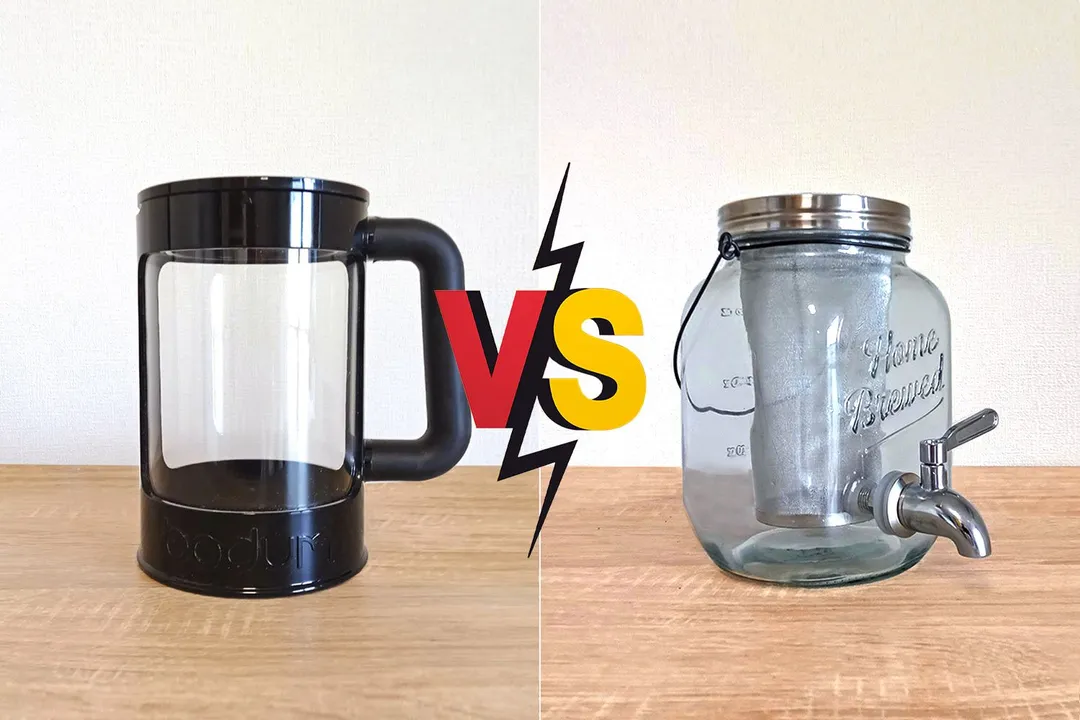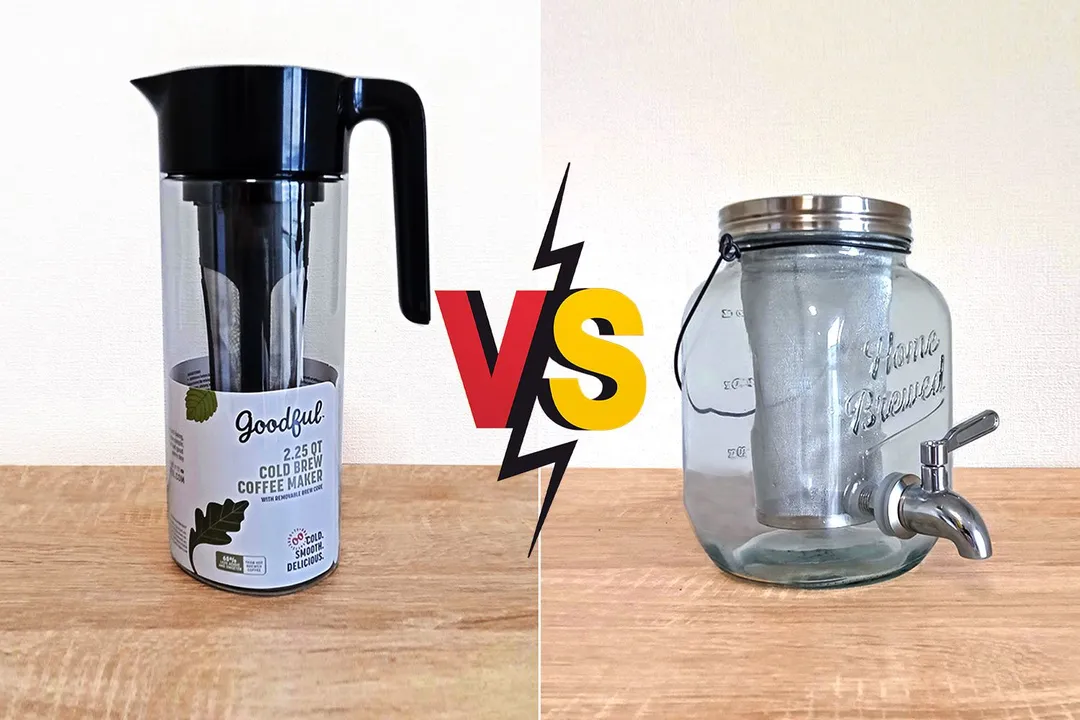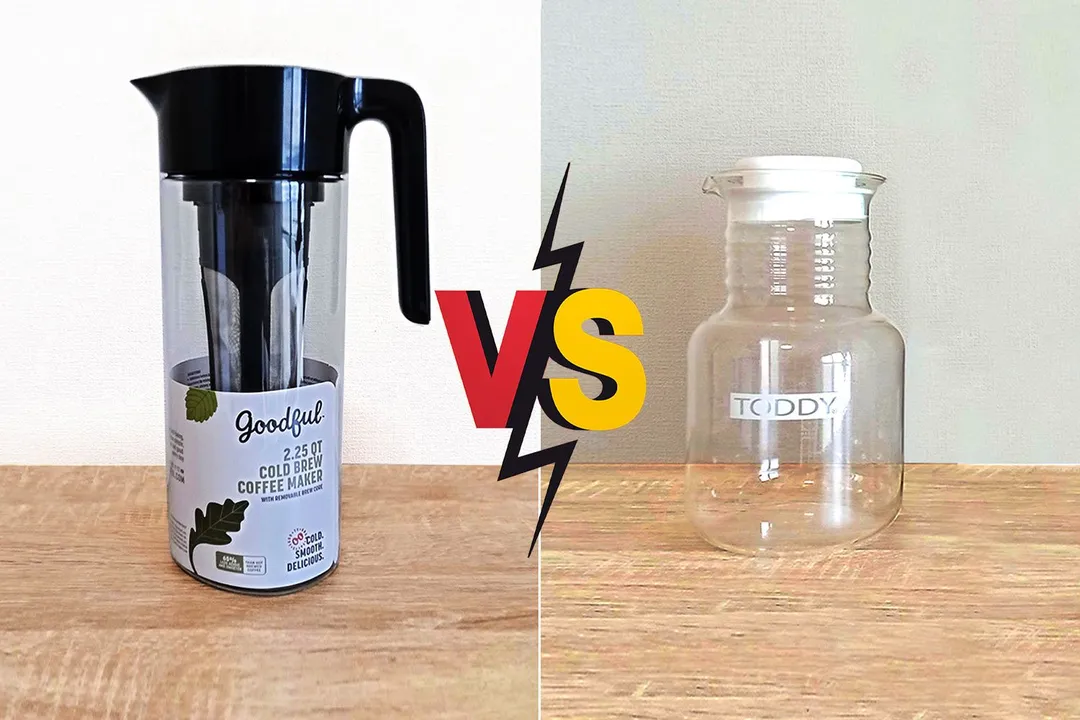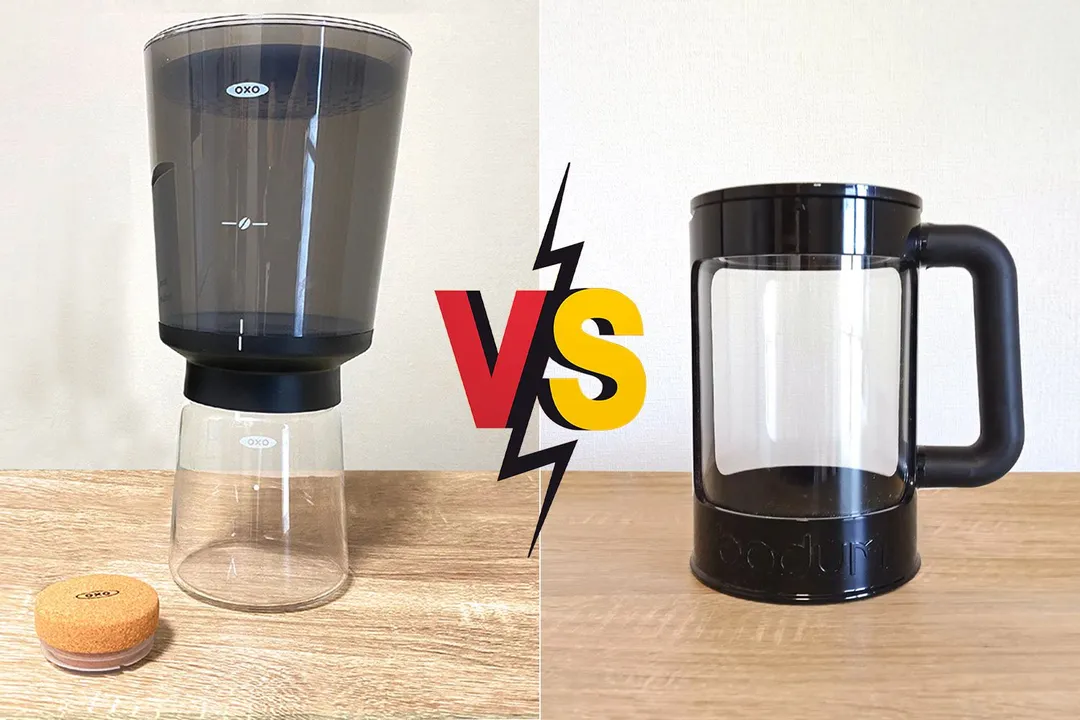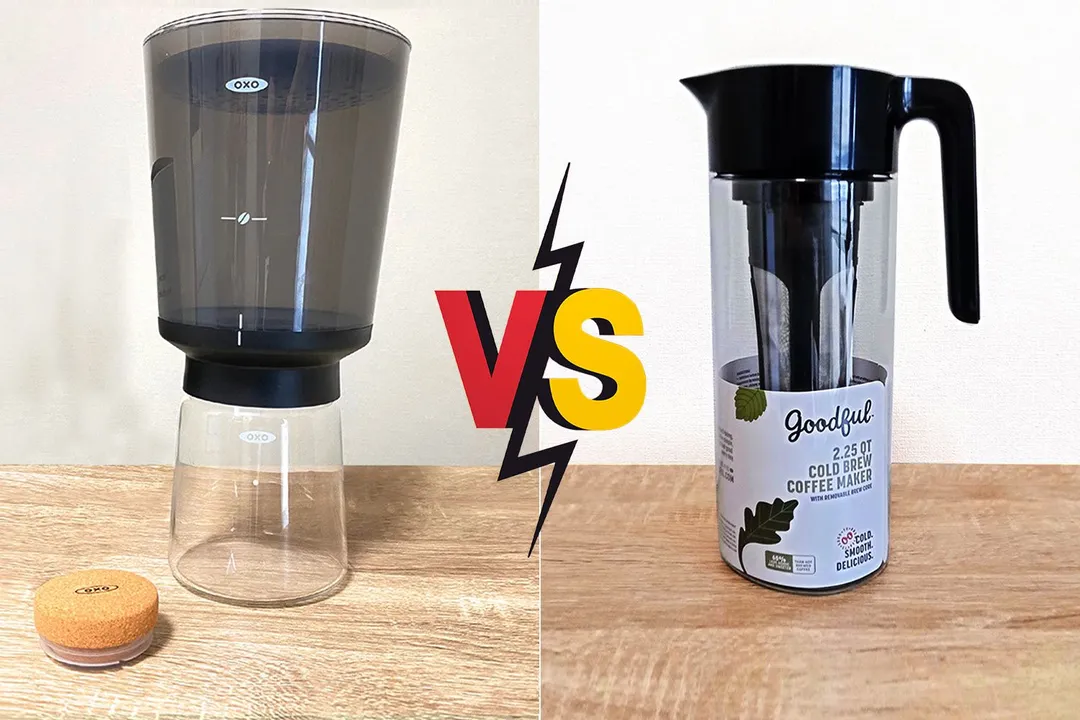Our recommendations are made independently through Research & Testing. We may receive commissions from purchases made via our links.
Goodful vs Bodum Side-by-Side Comparison
Goodful cold brew coffee maker vs Bodum French press. A regular brew strength outmatched by a full-strength cold brew concentrate.
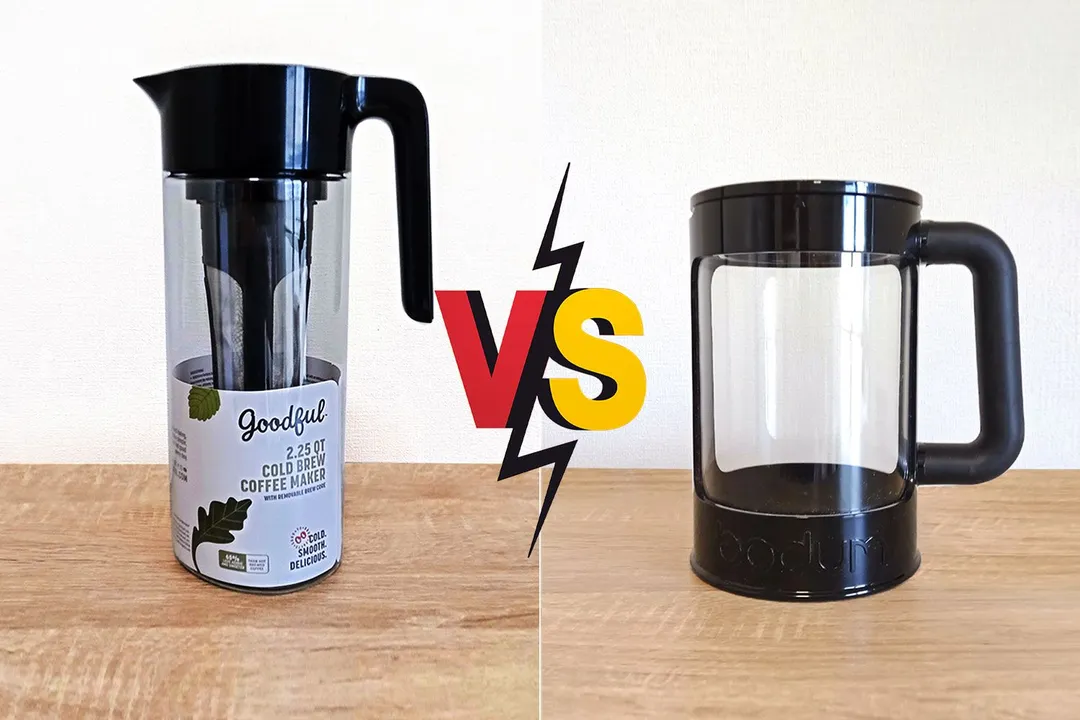
Overall Verdict
The Goodful and Bodum are two relatively large brewers. Both are plastic, and where the Goodful easily fits in the door of a refrigerator, the Bodum is better on a shelf. The real difference, however, is the brewing style and the quality of the brew.
The Bodum is a French press free-style brewer using a typical plunge filter. It produces a full-strength cold brew concentrate of around 25 fl. oz. depending on the brew ratio and volume you brew. It can be diluted up to three parts.
The Goodful uses a plastic and nylon immersion filter with a fixed brew ratio and produces a yield of around 67 fl. oz. Its much weaker brew strength is incomparable to a cold brew concentrate which is more versatile in its use. If you enjoy a variety of coffee drinks and other preparations, the Bodum is the better choice.
Pros & Cons
- Durable
- Removable filter base
- Turn-to-pour lid
- Light and durable
- Open/close spout
- Perfectly airtight
- Comfortable handle
- Freestyle brewing
- Made in Portugal
- Not a good fit for small refrigerators
- Clunky lid
- Decanting can be tricky
- No measuring guides
Key Specs
Where to Buy
*You help support HealthyKitchen101's product testing and reviews by purchasing from our retail partners.
Analysis and Test Results
Brew Quality
Bouquet
Drinkability
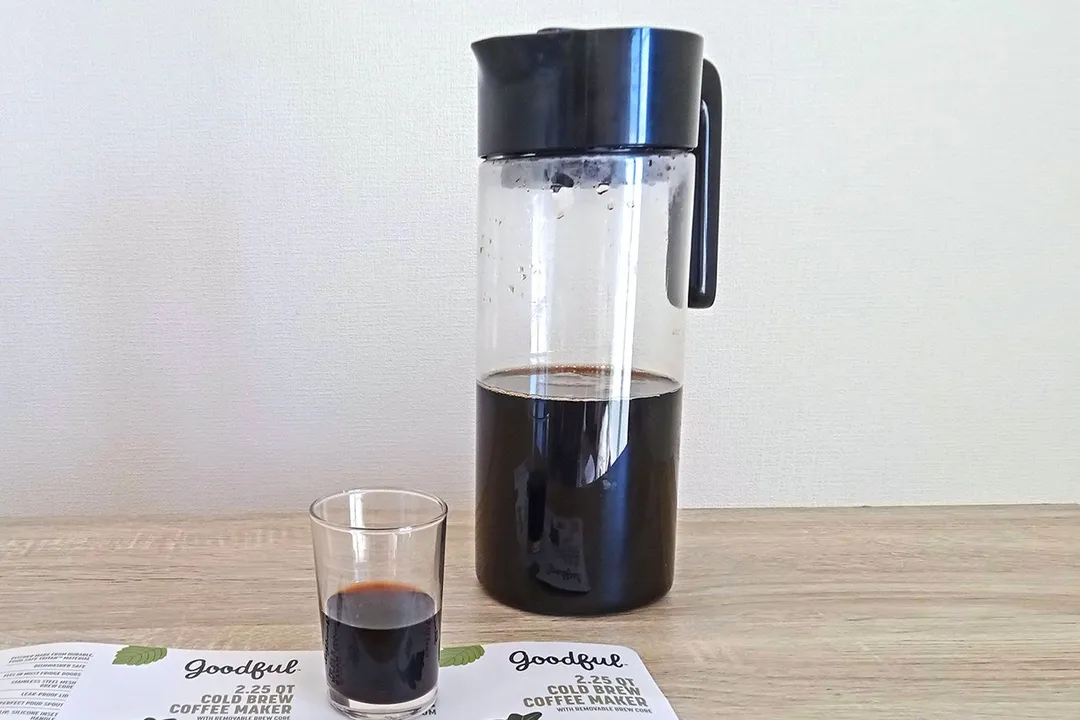

Sediment
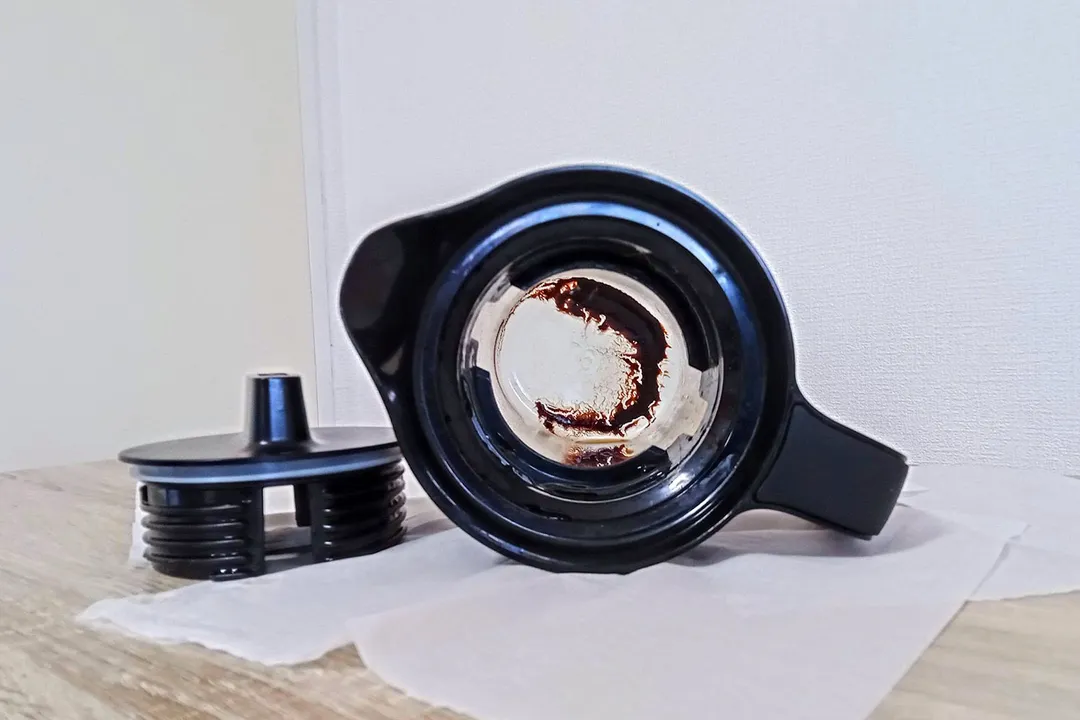
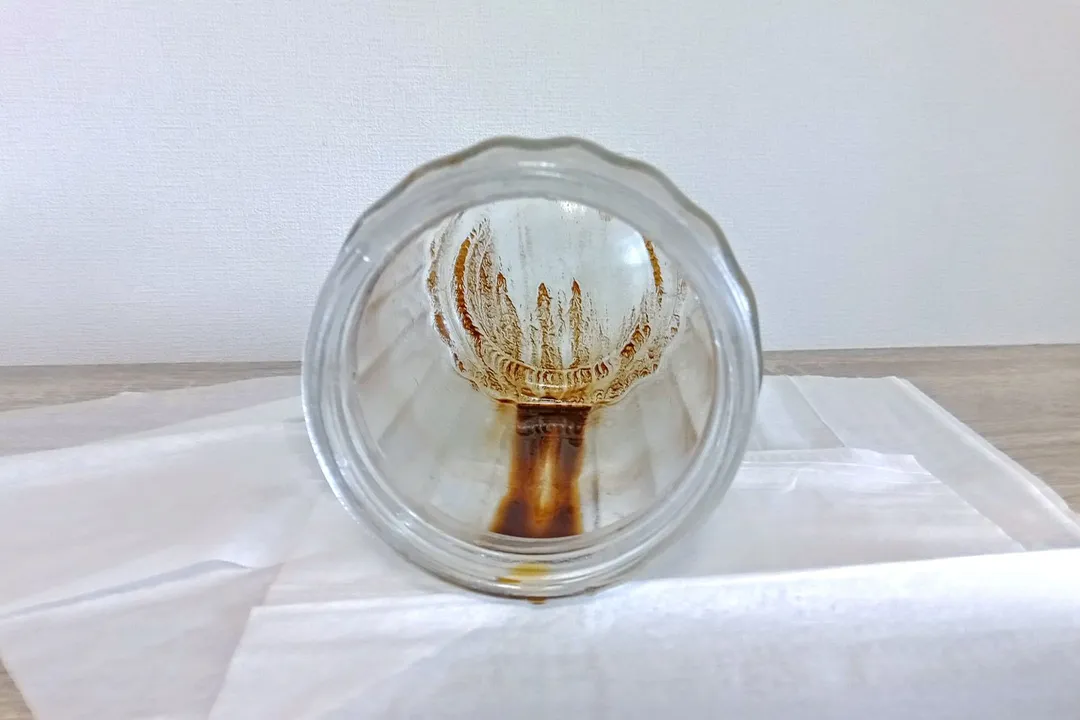
Design
In the Box
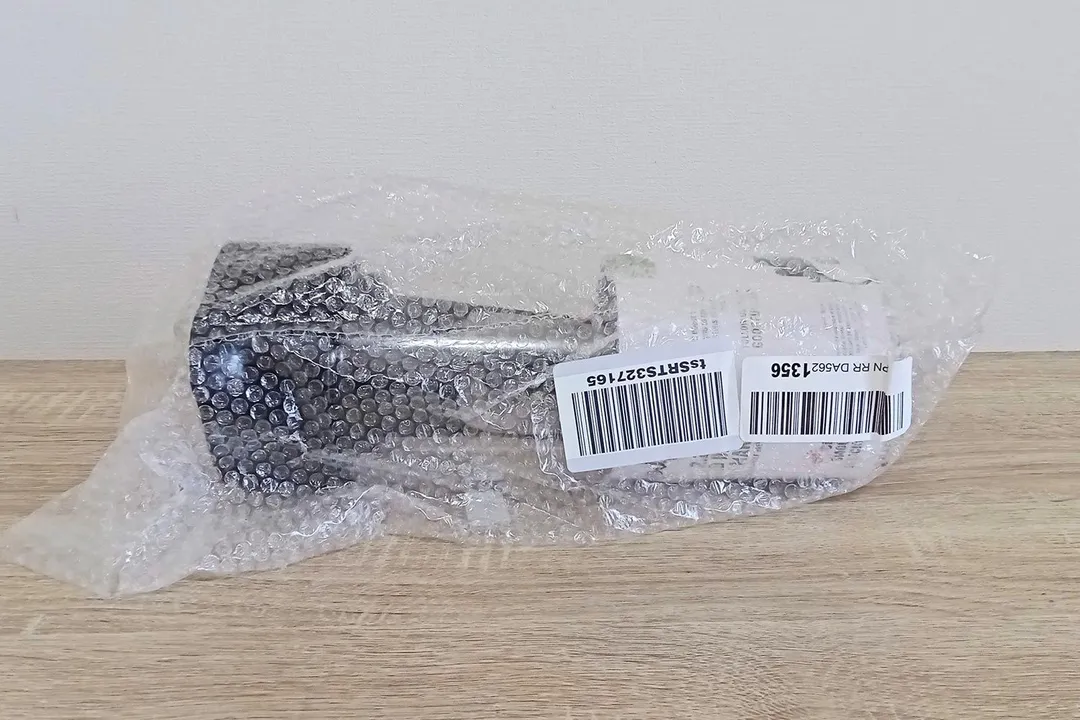
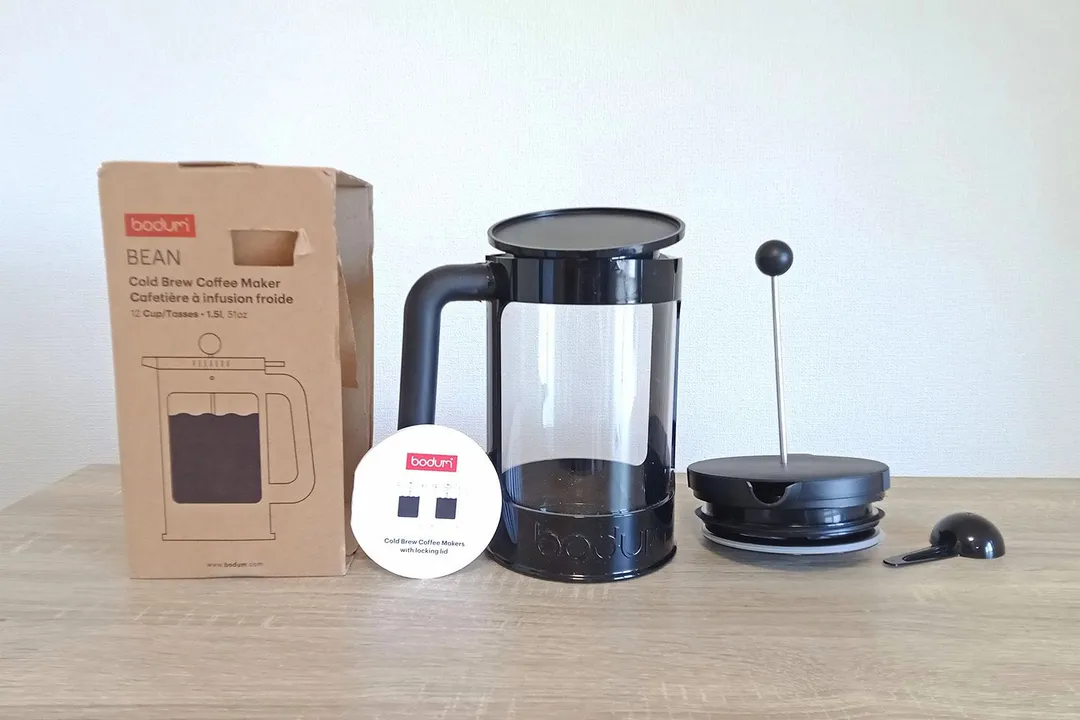
Decanter
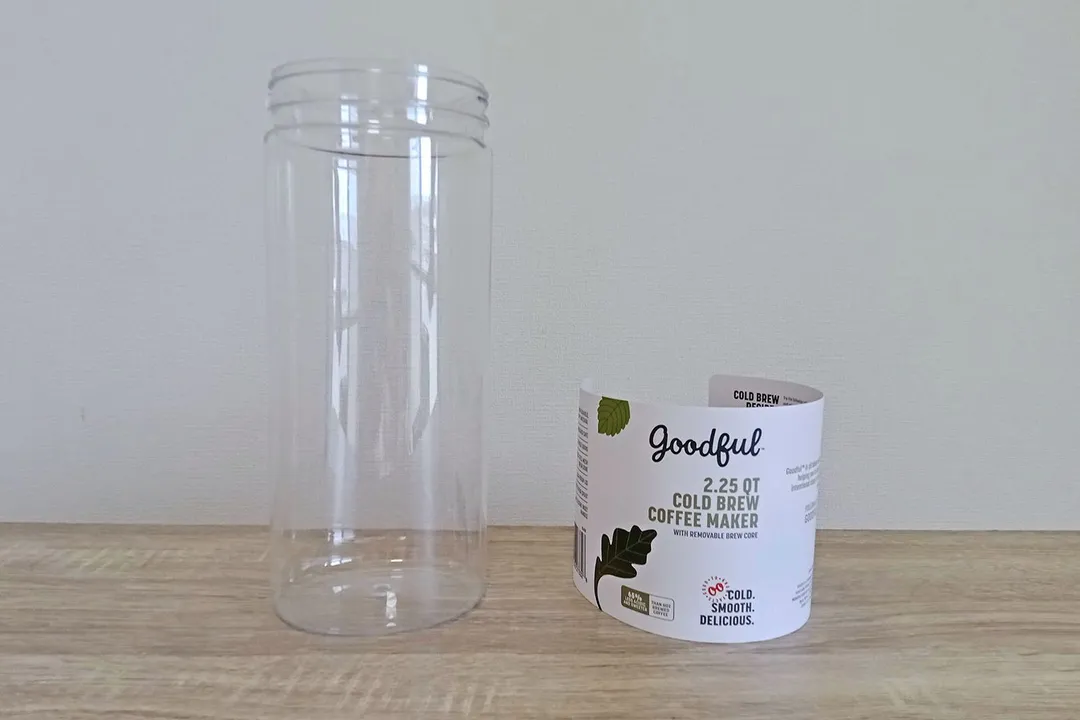
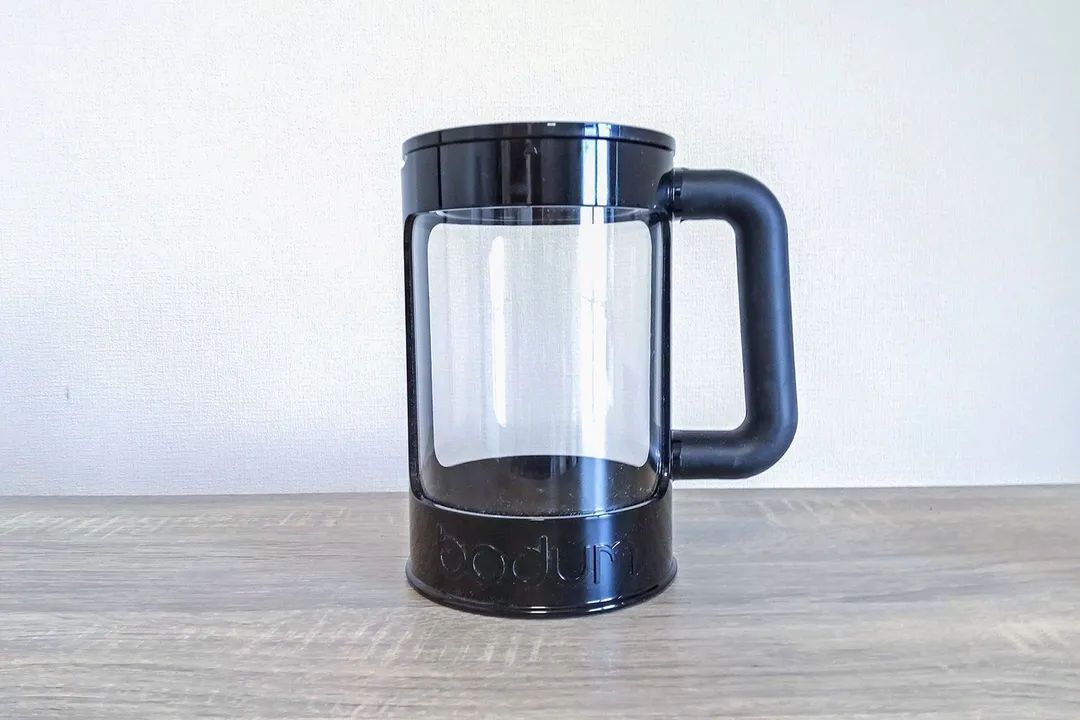
Stopper / Lid
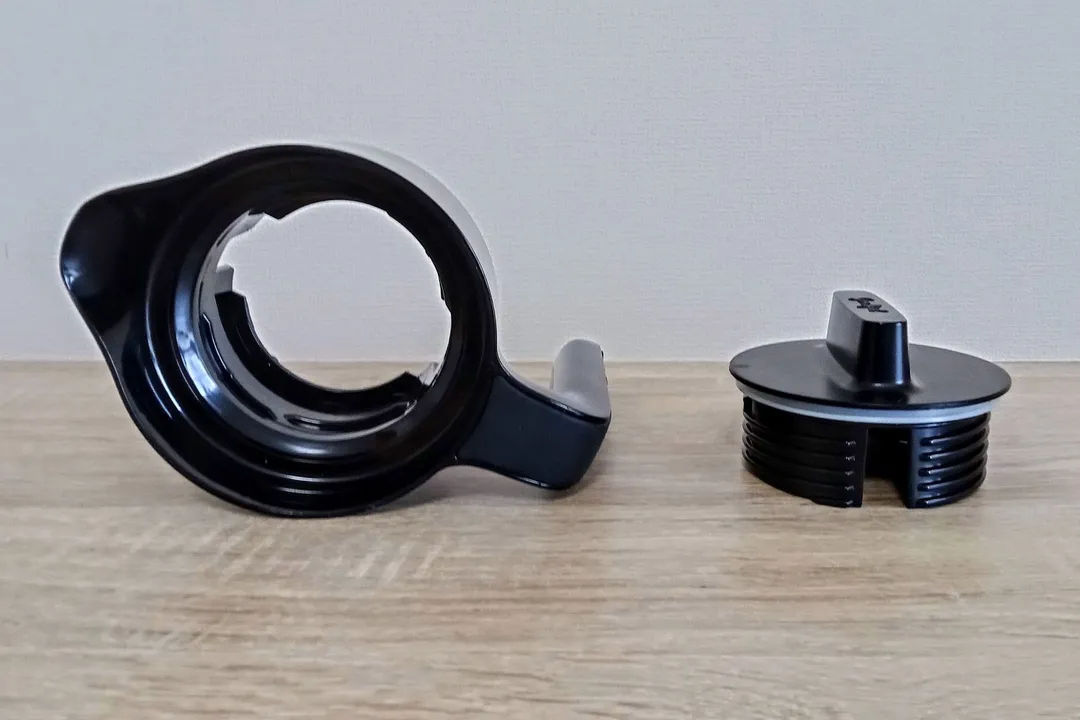
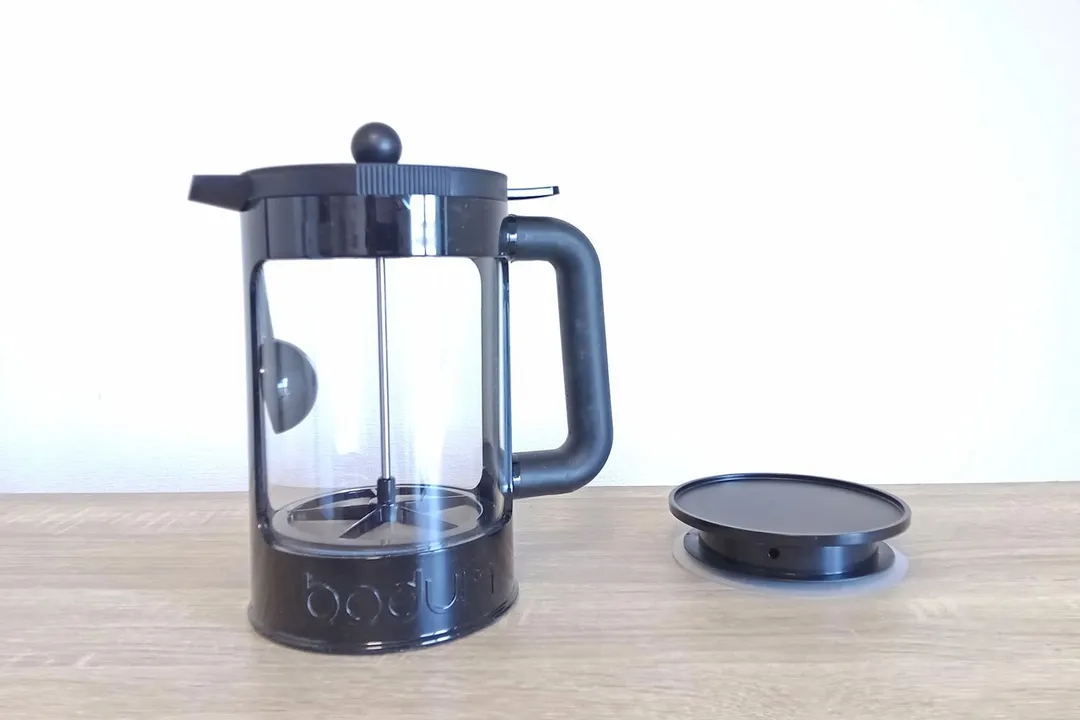

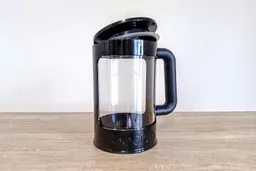
Filter

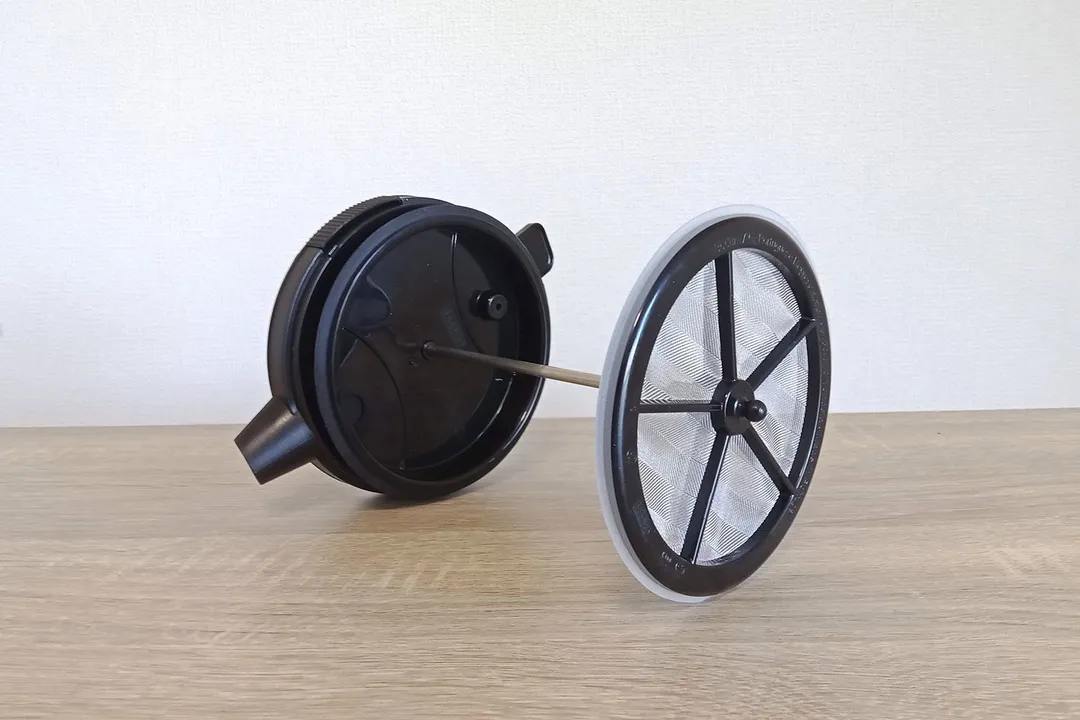
Build Quality

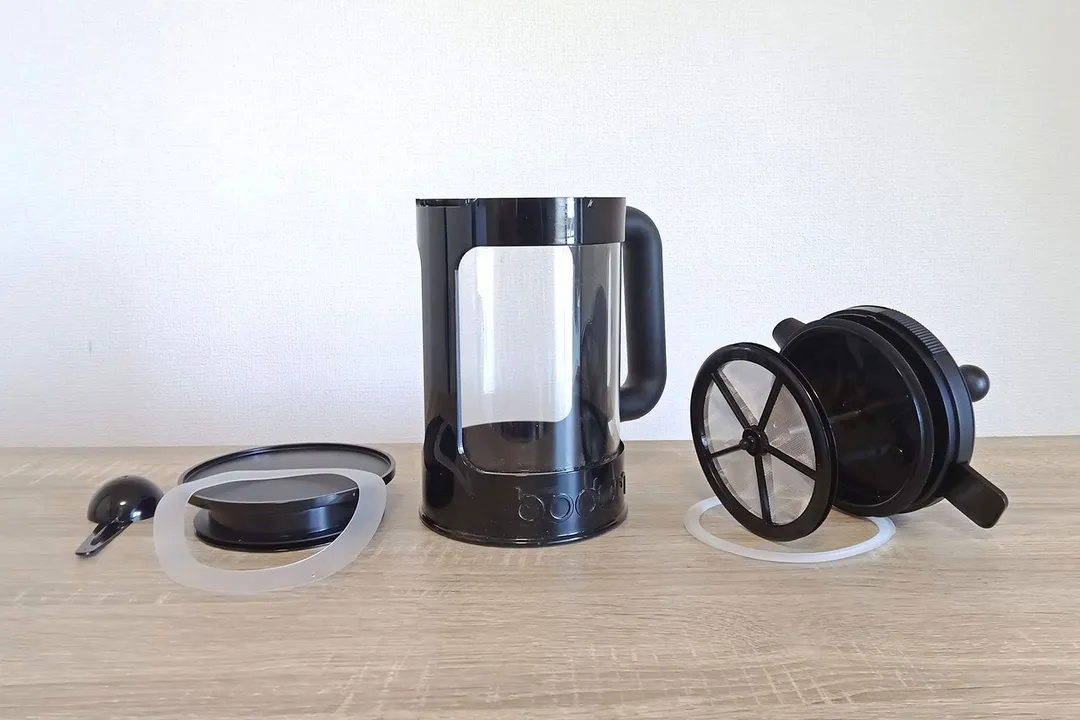
Usability
Brewing
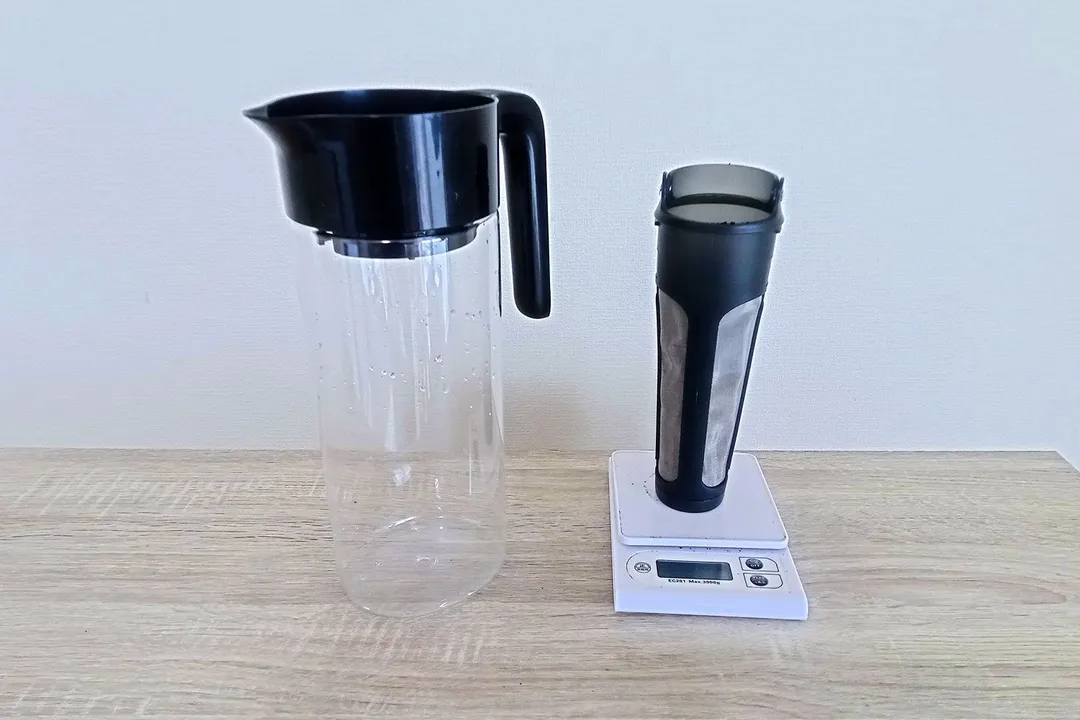
Decanting
Cleaning and Storage
Behind the Comparison
Roger Shitaki is a writer, author, and editor. His niches are household appliances, health & wellness, and travel. He’s a freelance contributor to a Tokyo lifestyle website and a leading ophthalmology magazine in Asia.

